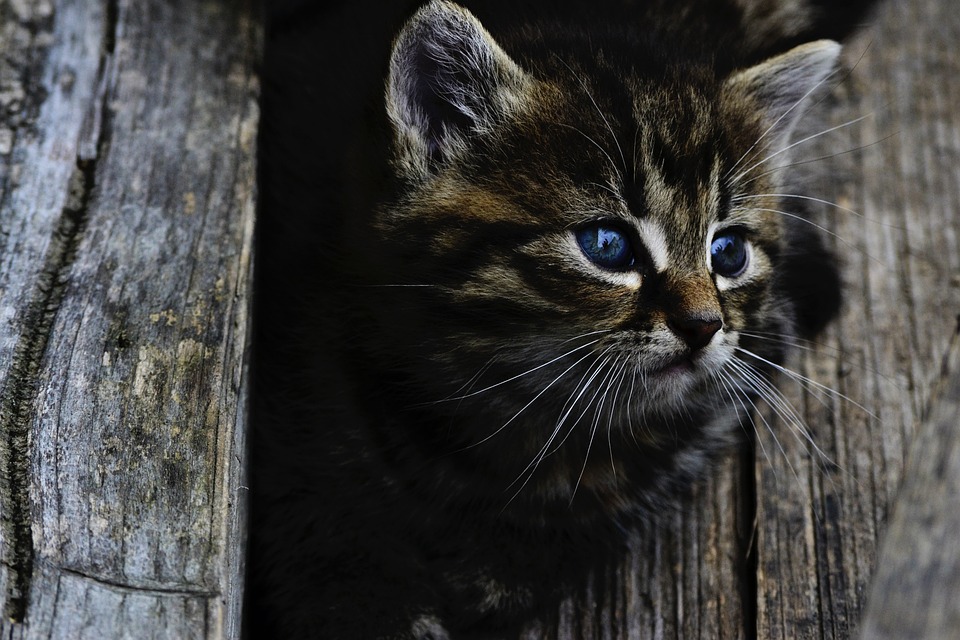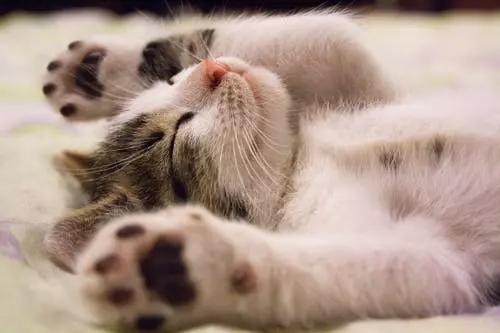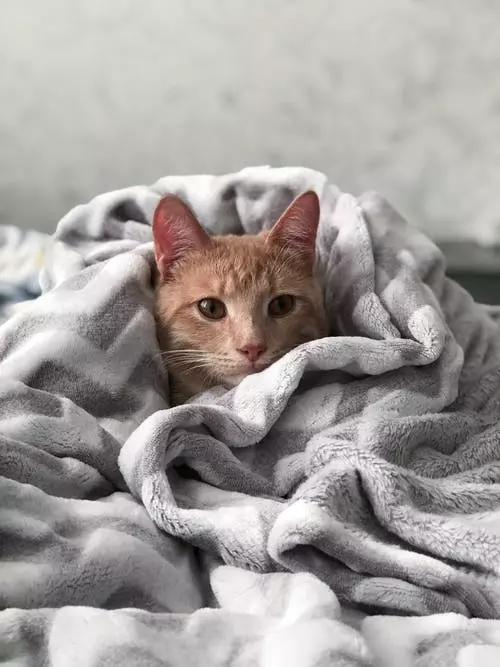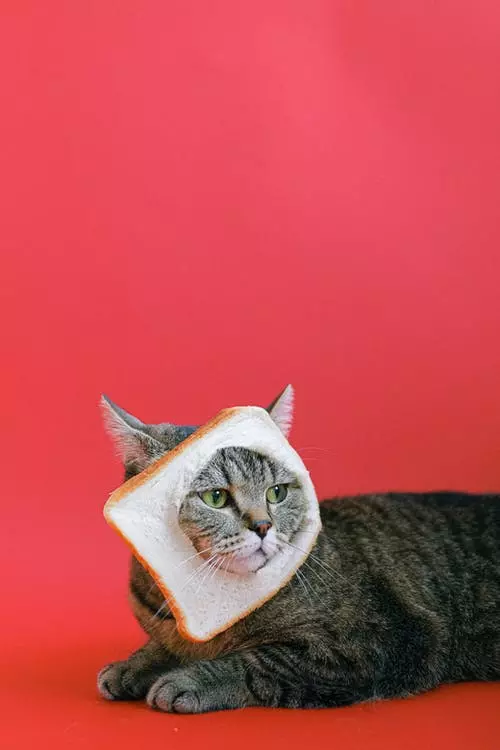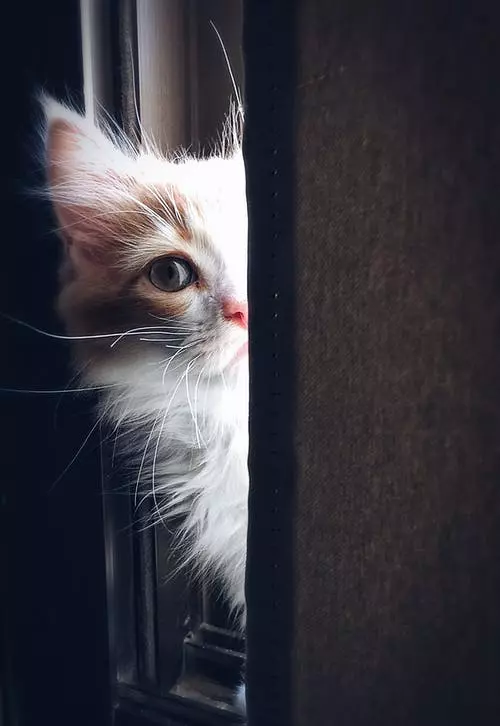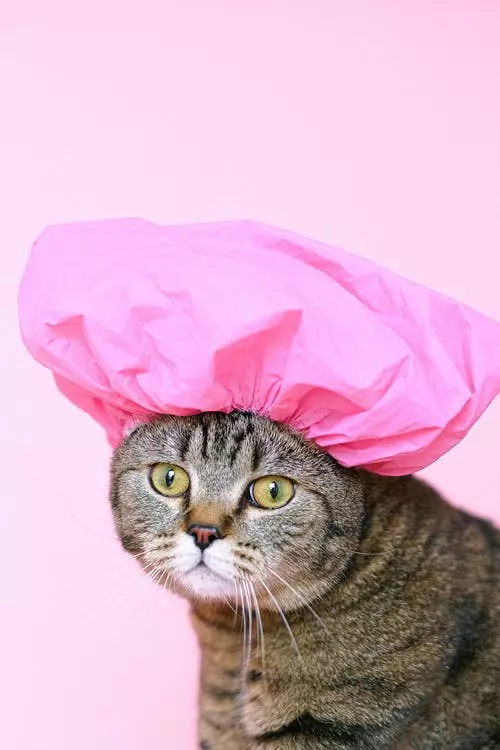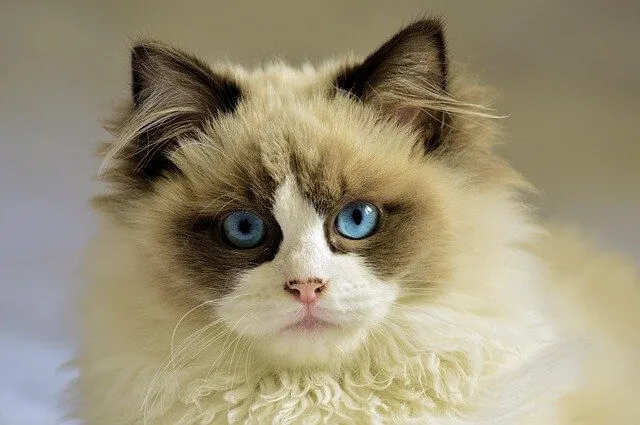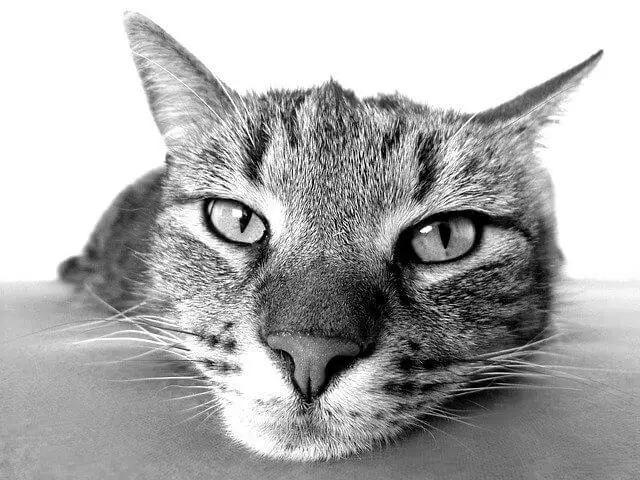Cats are known for their grooming habits, spending a significant amount of time each day cleaning themselves. However, excessive vocalization during grooming can be a cause for concern for cat owners. In this article, we will delve into the possible causes behind this behavior and provide practical solutions to address it.
Causes of Excessive Vocalization during Grooming:
1. Pain or Discomfort:
a. Dental Issues: Cats with dental problems may experience pain or discomfort while grooming, leading to excessive vocalization.
b. Skin Irritations or Allergies: Skin irritations or allergies can cause itching or discomfort, prompting cats to vocalize during grooming.
c. Arthritis or Joint Pain: Older cats with arthritis or joint pain may find certain grooming positions uncomfortable, resulting in vocalization.
2. Anxiety or Stress:
a. Environmental Changes: Cats are sensitive to changes in their environment, and these changes can lead to stress or anxiety, causing excessive vocalization during grooming.
b. Separation Anxiety: Cats with separation anxiety may vocalize more during grooming as it can be a distressing time when they are away from their owners.
c. Fear or Trauma: Cats who have experienced fear or trauma, such as previous grooming-related pain or accidents, may vocalize out of fear or anxiety.
3. Behavioral Issues:
a. Attention-seeking Behavior: Some cats may vocalize excessively during grooming to seek attention from their owners.
b. Overstimulation during Grooming: Cats that become overstimulated during grooming may vocalize as a way to release their energy or excitement.
c. Cognitive Dysfunction Syndrome: Older cats with cognitive dysfunction syndrome may vocalize more during grooming due to confusion or disorientation.
Solutions to Minimize Excessive Vocalization:
1. Veterinary Examination:
a. Rule out underlying health issues: A thorough examination by a veterinarian can help identify and address any underlying health issues causing the excessive vocalization.
b. Regular dental check-ups: Regular dental check-ups can help identify and treat any dental issues that may be causing discomfort during grooming.
c. Identify and treat skin conditions: If skin irritations or allergies are causing discomfort, appropriate treatment can help alleviate the excessive vocalization.
2. Reduce Stress and Anxiety:
a. Maintain a consistent environment: Minimizing environmental changes and providing a stable and predictable routine can help reduce stress and anxiety in cats.
b. Provide hiding spots and vertical spaces: Creating safe hiding spots and vertical spaces can give cats a sense of security and help reduce stress.
c. Use pheromone diffusers or sprays: Pheromone diffusers or sprays, such as Feliway, can help create a calming environment and reduce stress-related vocalization.
3. Address Behavioral Issues:
a. Increase interactive playtime: Engaging in interactive play sessions with your cat can help redirect their energy and reduce attention-seeking vocalization.
b. Provide mental stimulation through puzzle toys: Mental stimulation through puzzle toys can help keep cats mentally engaged and reduce excessive vocalization.
c. Establish a grooming routine with positive reinforcement: Creating a consistent grooming routine and using positive reinforcement techniques can help cats associate grooming with positive experiences, reducing anxiety-related vocalization.
4. Seek Professional Help:
a. Consult a veterinary behaviorist: If the excessive vocalization persists or worsens despite your efforts, consulting a veterinary behaviorist can provide valuable insights and guidance.
b. Consider behavior modification techniques: A veterinary behaviorist can recommend behavior modification techniques specific to your cat’s needs to address the excessive vocalization.
c. Medication or supplements if necessary: In some cases, medication or supplements may be prescribed by a veterinarian to help reduce excessive vocalization associated with anxiety or pain.
Conclusion:
Understanding the causes behind excessive vocalization during grooming is crucial for cat owners to ensure their feline companions’ well-being. By addressing any underlying health issues, reducing stress, and providing appropriate behavioral interventions, you can help your cat feel more comfortable and minimize excessive vocalization during grooming. Remember, a calm and content cat is a happy cat!

